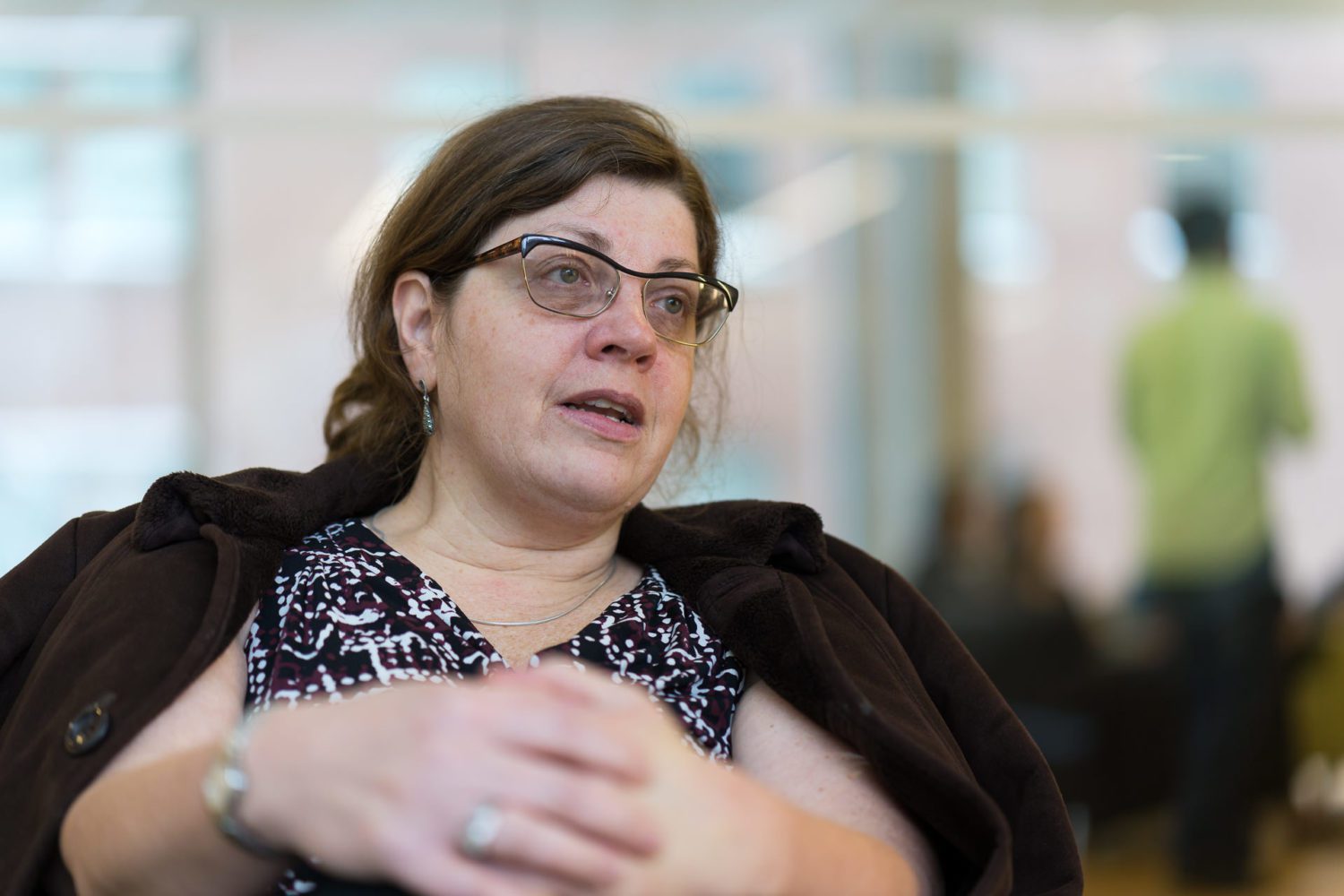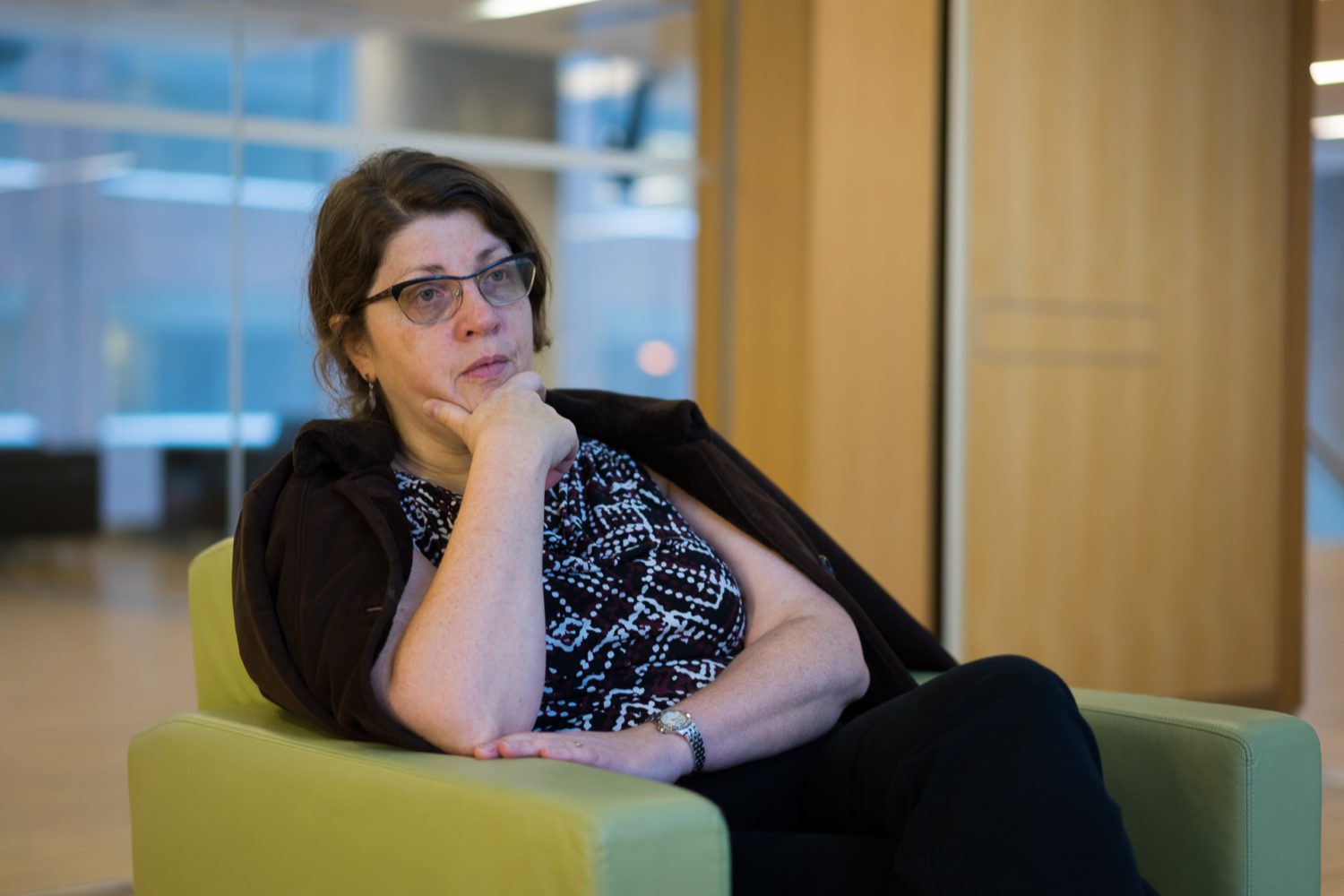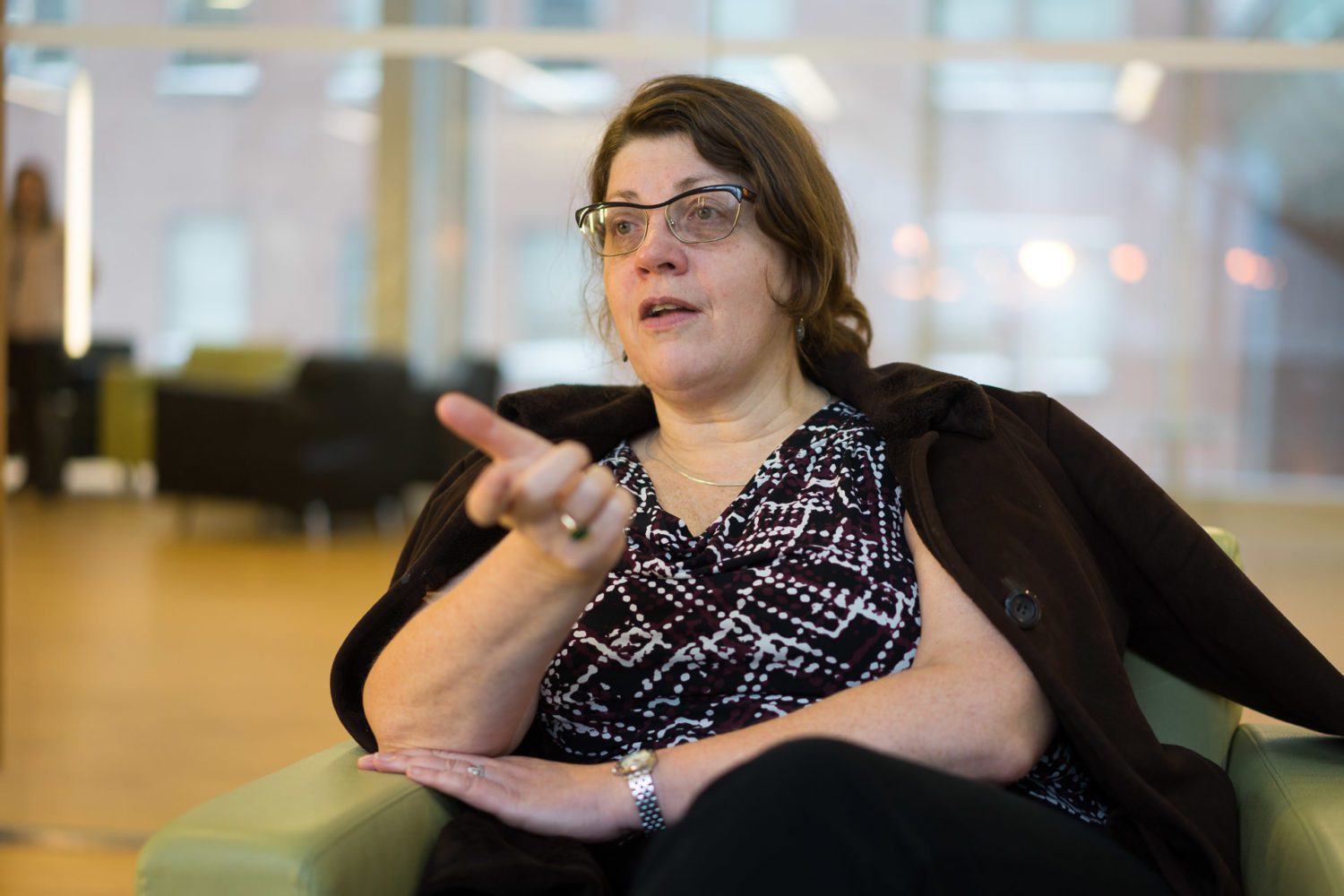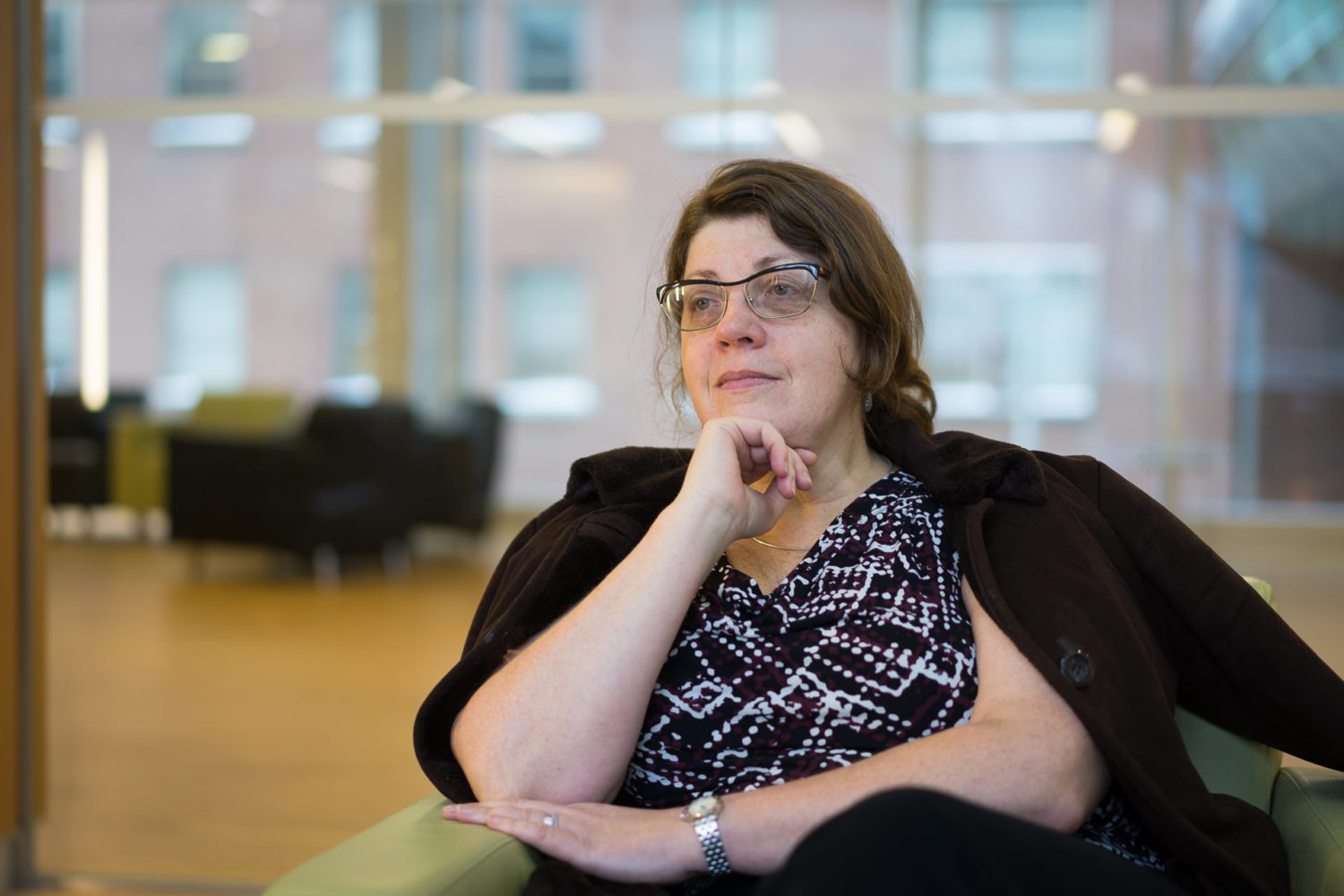Laura, a nurse practitioner, argues the health system can do better to prevent and treat bed sores and wounds, especially in vulnerable patients.
“I got into wound care totally by accident. I was in a general surgery program and became fascinated by why some patients with complex wounds heal and others don’t. I also felt we could do a lot better job managing these patients. People who have complex wounds may not be able to sit or walk for many months. Patients can get infections and these infections can get to the point where they lose their limbs. Some people end up dying if the infection gets in the blood.”
“So, I got my Master’s degree in nursing and I wrote a business plan to create the position of a wound care nurse. I didn’t get a lot of traction for a long time. But I did get the opportunity to present to the entire senior management team. I told them that we needed a program; we needed to do better. And they were convinced. So I worked with a plastic surgeon to create a program for ulcer prevention and treatment. We were very early adopters of some of the newer and advanced technologies in Canada.”
Generally, there aren’t that many physicians interested in wound management because the pay for it is low, and there are probably satisfaction issues because there is no instant fix for a lot of the problems that patients have.
“Until recently that combination has created a big problem – there was nobody pushing for health policy to manage these problems. The great news is that yesterday I got a phone call, and the Ministry of Health is suddenly interested in why our paraplegic and quadriplegic patients with pressure ulcers are waiting two or three years to get surgery to close their wounds. I think there is increased awareness about the impact that wounds and ulcers are having on patients, particularly in the community. It’s exciting to see that happening. I’m hoping that all the lobbying that’s been going on over the last few years has increased the interest in wound management.”

“Access to clinicians knowledgeable about wound care is restricted geographically in Ontario. So is access to things like appropriate wheelchairs for patients who have a spinal cord injury and and have pressure ulcers. How good your care is, is based on where you live. People who live in rural areas don’t get the same kind of access and enjoy the same privileges and rights as people who live in bigger centers.”
Some patients have to wait weeks to months to get their wheelchair repaired.
“If you were driving a car and you got a flat tire, you could get your tire fixed within one day.”
“But some people that are in wheelchairs end up having to be bedridden because their chair is broken and it will be months before it gets fixed. A lot of the patients have to count on vendors to fix the chairs. They have to order parts in and sometimes it takes weeks. To me it’s just not right… People who have disabilities are vulnerable, and we don’t do a lot to make their quality of life the best that it can be. And a lot of these folks still work, so if their chair is broken or if the cushion fails, they can’t work.”

“Do you see a lot of wounds in the inner city poor population?”
“Yes. When patients with wounds no longer need hospital care, some still need a level of care that supersedes what is available in the community. Getting them placed into a care facility that is safe for them is really, really difficult.”
I have to work sometimes for months to get people into appropriate facilities.
“I really feel for some of these individuals because you can just see them spiraling down.”
“If someone is on the Ontario Disability Support Program (ODSP) and they need to go into a facility for six months, the ODSP funding goes to the facility, so they lose their apartment. When that happens, they have nowhere to go when they get out of the facility. Because they are afraid of losing their home (and I understand that concern), they stay at home. However, sometimes their wound gets worse because they can’t get the care they need at home. Then they get so sick that they need to come into the hospital. It’s this vicious cycle. There’s really no place where these folks can get appropriate care. A lot of them are young and they don’t want to go into a long term care home where they feel that people are old, it smells like feces and urine, and it’s just a place to go and die. They have a lot more to contribute and they need more help to be able to maintain their life.”

“I just spoke with one of the ODSP case managers who said that her case load was about 400 people and it’s hard to respond to people’s needs. So, people can wait for six months to get approval for stockings to prevent leg ulcers – something that basic!”
Without ODSP approval, these people can’t afford the stockings – they cost about $120 a pair. To me that’s just criminal, because the patients end up back in the hospital with open wounds.
“Many people on ODSP have mental or physical disabilities that preclude them from communicating effectively. We send in letters on their behalf, but it can take months to get resolution.”
“Is there a concern that these technologies are being over-used? Is that why approval takes so long?”
“People in wheelchairs need wheelchairs! When we prescribe stockings, there has to be a medical reason for them; everyone that we prescribe stockings to has had wounds. So, to me, there’s no chance of abuse. There may be a strong possibility of non-compliance with using them, but we still need to do the best we can to get these folks organized as quickly as possible.”

“Do you think ulcers and wounds don’t get the attention they deserve because they happen to people who tend to be marginalized?”
“Absolutely. That said, we’re seeing some promising advocacy in this area. The Rick Hansen Foundation is a huge foundation for research on spinal cord injury and now they’re focussing on the pressure ulcer complications that result from being paraplegic or quadriplegic. And after Christopher Reeve broke his neck, he advocated for better care for patients that have spinal cord injuries. But he himself died of pressure ulcer complications.”
The reality is we need people with the money, the time and the ability to advocate for better care.


The comments section is closed.